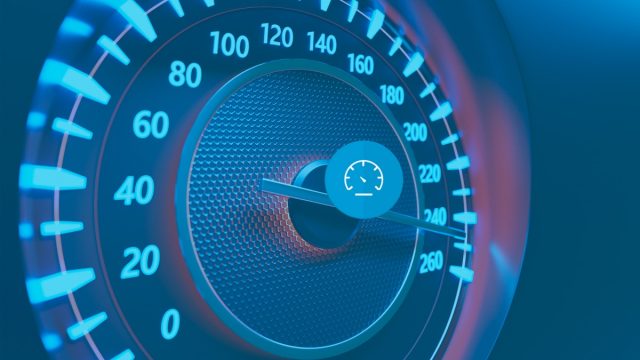Speed monitoring is important in many fields, such as transportation, sports, and manufacturing, to ensure safety, compliance, and performance. Over time, various methods have been developed to accurately measure and manage speed, making it an essential tool for both public and private sectors. By understanding speed monitoring, we can appreciate the advancements and applications that affect our daily lives and work environments. This article will explore the basic techniques and recent innovations in speed monitoring today.
We will start by looking at traditional speed monitoring methods like radar guns and speed cameras, which have been effective for decades. Then, we will examine modern advancements, such as GPS technology and digital systems that provide real-time data. We will also cover the important uses of speed monitoring in transportation and sports, and address industrial and commercial uses, ensuring adherence to quality control standards.
Traditional Speed Monitoring Methods
Contents
Traditional speed monitoring methods, like radar guns and speed cameras, have been essential for road safety and enforcing speed limits. Radar guns, which use radio waves to measure vehicle speed, became popular in the mid-20th century due to their accuracy and ease of use. Speed cameras, which automatically capture images of speeding vehicles and record their speed, are often placed in high-risk areas to deter speeding and provide evidence for traffic violations.
While effective with speed detection, these methods have faced criticism for issues like false readings and privacy concerns. In such instances, individuals often seek the help of a speeding ticket lawyer to contest these inaccuracies and protect their rights. Despite these challenges, traditional speed monitoring methods have significantly reduced accidents and improved compliance with traffic laws.
Advancements in Speed Detection Technology
Today’s speed detection technology has greatly improved speed monitoring. GPS technology, now a key component, provides precise location and speed data for various uses. This real-time capability allows for quick adjustments, enhancing safety and efficiency. Laser-based devices, known for their accuracy, now offer faster and more reliable readings, essential for law enforcement and advanced vehicle systems.
Additionally, digital systems enable detailed data analytics, providing real-time insights to predict and prevent potential problems. These modern technologies are a major improvement over traditional methods, offering accurate, reliable, and useful data for today’s fast-paced world.
Applications in Transportation
Speed monitoring is essential for safety and effective traffic management in the transportation sector. Using tools like radar guns, speed cameras, and GPS technology, authorities can track and control vehicle speeds, which greatly reduces accident risks. These systems enforce speed limits, especially in high-risk areas like school zones, busy intersections, and highways. When drivers follow speed limits, the chances of serious collisions and fatalities drop.
Additionally, the data from these techniques help improve traffic flow and design safer roads. For law enforcement, speed monitoring helps identify and prevent reckless driving, further enhancing road safety. Overall, this approach not only improves individual driver safety but also benefits the community by promoting responsible driving.
Speed Monitoring in Sports
Speed monitoring in sports uses various methods to boost athlete performance, give essential training feedback, and ensure fair competition. In sports like track and field, swimming, and motor racing, accurate speed measurement is key for both training and competitions. Advanced tools such as laser speed guns, wearable GPS devices, and high-speed cameras allow coaches and athletes to analyze every movement and adjust training accordingly.
In cycling and running, continuous speed data aids pacing strategies, while in team sports, monitoring player speed provides insights into gameplay effectiveness. Additionally, speed tracking technology ensures fair play by verifying performance, preventing cheating, and maintaining the sport’s integrity.
Industrial and Commercial Uses of Speed Monitoring
Speed monitoring is necessary in industrial and commercial settings for ensuring efficiency and safety. In manufacturing, controlling the speed of machinery and conveyors helps maintain product quality and reduce errors. In logistics, it optimizes delivery routes, cuts fuel consumption, and improves fleet management.
For quality control, maintaining precise speeds in processes like mixing, cutting, and assembly ensures products meet high standards. Although speed monitoring boosts efficiency and safety, it also requires regular calibration and can raise privacy concerns for employees. Despite these challenges, the benefits, such as reduced downtime, compliance with safety regulations, and improved product quality, make speed monitoring essential in these environments.
Speed monitoring has become a vital part of various sectors, from transportation and sports to industrial and commercial applications. By progressing from traditional methods like radar guns and speed cameras to advanced technologies such as GPS and laser-based systems, speed monitoring has significantly improved safety, compliance, and performance. These advancements not only ensure the smooth operation of processes and improve road safety but also provide invaluable data for future improvements. Understanding the central role of speed monitoring and embracing ongoing innovations can lead to greater efficiency, safety, and success across multiple fields, ultimately benefiting society as a whole.


